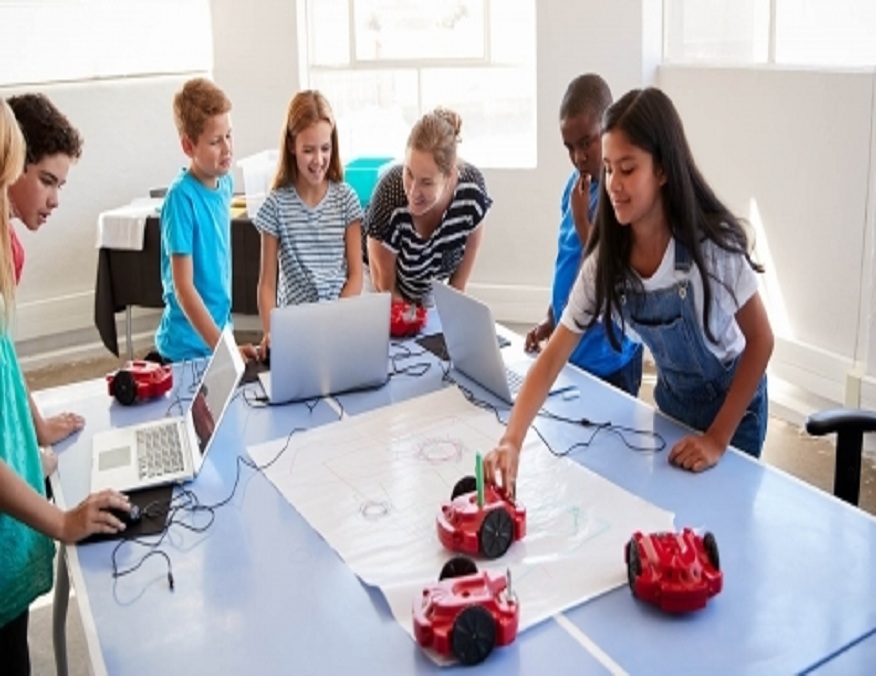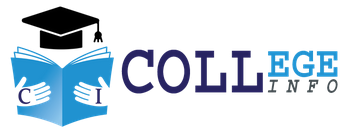
Student-directed learning is an approach to education in which students take an active role in shaping their learning experiences. Students are involved in all aspects of their learning, from planning to assessment.
This does not mean that students have complete control over the classroom, but rather that their interests, ideas and opinions are valued and used to inform and guide the learning that takes place.
Unlike a teacher-directed approach, in which the teacher’s role is to be the leader and design the learning experiences, the teacher’s role in a student-directed learning environment is more that of a coach. Teachers will guide students through all stages of the learning process, answering questions and prompting deeper reflection from students, but students are at the center of it all.
What are the benefits of student-directed learning?
While switching to a student-led learning approach can seem a little daunting, especially for those of us who have never tried it before, there are many benefits to it, including:
Teach students how to learn . Students walk away with an understanding of the ‘how’ and ‘why’ behind the learning, which then leads to the ‘what’.
Increased engagement . Because learning is student-directed and closely aligned with what interests them, students are more easily able to make the connection between what they are learning and how it applies to them.
The development of emerging skills/competences . Because teachers act as coaches and students are responsible for devising and trying out strategies and solutions to problems, this approach encourages the development of many emergent skills. Not only does this focus on developing critical thinking and problem-solving skills, but it also challenges students to use their research skills, communication skills, and collaboration skills when working with others. in the classroom.
The development of self-advocates. With students playing a key role in their learning, it’s up to them to ask for help and what they need to succeed. Students take greater ownership of their needs, which helps foster the development of a class of self-advocates — an important skill at all stages of life.
How to integrate student-directed learning into the classroom
1. Encourage questioning
With student-directed learning, it is important to create an environment that values inquiry. Since students take such an active role in designing and participating in learning, it is important that they feel comfortable asking questions. These can be questions related to what they hope to discover or learn, but also related to the learning experience itself.
2. Create different spaces
As you move to a more student-centered approach to learning, the classroom setup may also need to change. Consider creating spaces that cater to the different ways your students would approach learning:
A creative space where students can create. This creation can be something as simple as an audio or video recording, or a more hands-on building activity to demonstrate learning
A quiet space where students can go to work independently, research a topic, or reflect on their learning
In the planning stage, teachers work with students to plan the learning experience. It’s important to fully understand your students’ interests and passions beforehand, and ask them what they want to learn.
This does not mean that students can choose what they want to learn about, but rather focus on the “why” behind the content of the program. Discussing the content of the program with the students and having them explain why they think it is important to know more about a particular subject will help the students to become interested in the subject.


